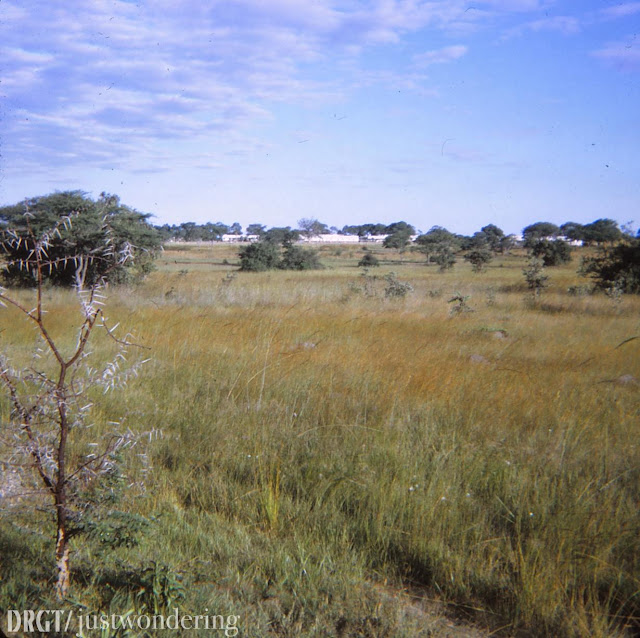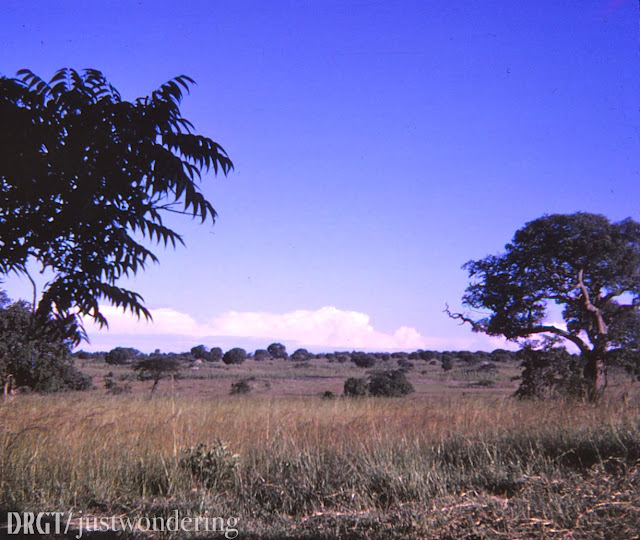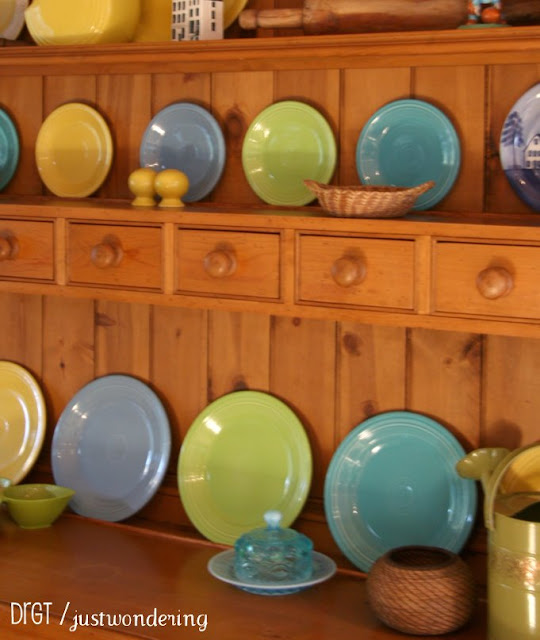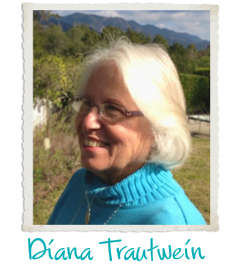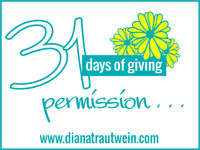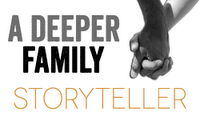He tends this huge yard,
I make spinach salad for 50 at our
first-Sunday-back-to-college student lunch
after church today.
I try to write.
I’ll join this with Michelle, Jen, Duane, Ann’s Monday gratitude group – because I am grateful, even for the melancholy times – and maybe with Laura and Laura, though it’s not particularly playful nor is it about a physical place so much as an emotional one.











